Both macOS Ventura and iOS 16 introduce the ability to remove the background from photos, but both Adobe Photoshop and Pixelmator Pro have had a head start. Here's how they compare.
Nothing may ever beat an artist's painstaking work in manually separating the foreground subject from the background in an image — but image editing apps now do a startlingly good job. They just do it in slightly different ways and those differences seem to suit different types of photo.
Apple's macOS Ventura and iOS 16 have added a feature called Copy Subject to their Photos apps. Preview on the Mac has gained the same feature, but there it's called Remove Background for some reason.
Alongside those, Pixelmator Pro for the Mac added background removal in 2021. And while Photoshop has had features to make background removal possible for a very, very long time, it's more recently added a Quick Action to automate it.
Your mileage may vary
No comparison between image apps is going to be entirely fair, in part because any selection of test images may just happen to suit one app or another. There is also, though, the issue of your own talent and your own familiarity with an app.
Without question, a Photoshop user with a decade's experience in using, say, the masking tools, will do a fantastic job. Pixelmator Pro experts will similarly beat any automated process.
But if it's not possible to simulate different abilities and experience, it is possible to compare how each of the apps copes with its most basic, most automated process. And that is also how Apple's new features are going to be used — they offer no configuration, no editing adjustments.
So you would expect that Apple's new features would necessarily be cruder than the others. You would expect that Photoshop would be the best, because of its decades-long history of extraordinarily fine image editing controls.
You might, though, also expect Pixelmator Pro to do well. AppleInsider staff have been using Pixelmator Pro for background removal since the feature came out and the smart money would've been on this app to be great.
Unfortunately, with these test images, the smart money would have been wrong — at least in some cases.
The images
Three images were used. The first has two people standing in an interior location under party lights, while the second is a daylight external shot of one person standing where Jane Austen once lived.
The third is a medium close-up shot of a pot plant, shot outside in daylight.
Pixelmator Pro
Pixelmator Pro fared the poorest across all three images. Its best was with the party shot, where it actually did better than Photoshop with the two people's hair. Plus it did a better job than all the rest regarding the railings in the exterior shot.
However, it also missed the red hair from a woman in the background of the party image. That is the kind of failing that is easy to fix, though, as a single swift paintbrush swipe would remove her.
It did the poorest on the pot plant shot, and that can't be fixed so readily. In that case, the original image's exposure, contrast, or other settings need to be altered before trying again.
Adobe Photoshop
Photoshop certainly does better with removing the purple-haired woman, and it even appears to do a better job all round. But a close-up examination of the men's hair shows errors.
Inexplicably, Photoshop has decided to remove some of locks just above the collar of the man on the right. It actually looks fine, it looks quite natural, but none of the other background removal apps made this mistake.
It does better with the hair in the exterior shot, and in fact is better than all of the other apps for this. Thinning hair on a windy day is a true challenge for background removal, as well as being a source of unhappiness for the subject.
That exterior second image, though, also shows Photoshop doing worse than any other others. The railings in the second image are particularly poorly handled by Photoshop's background removal Quick Action.
Whereas Photoshop handled the pot plant considerably better than Pixelmator Pro, yet it isn't good enough. The leaves, which would appear to be the hardest to separate from the background are excellent, but the pot itself is noticeably poorer.
Mac Preview and Photos
On the Mac, the feature is in Photos as Copy Subject, and in Preview as Background Removal. In almost all practical ways, the feature is identical.
So Apple's new feature arguably did the best of them all with the pot plant. It was closer to Photoshop than Pixelmator Pro over how it handled the party shot, to the extent that you would just want to touch up the hair on the man on the left.
Both the iOS 16 and macOS Ventura versions, in Photos and Preview, were poorest with the exterior shot. The windswept hair looks bad, and most of the railing is erased.
The railing is not the subject, though, so arguably Apple has done a good job with removing everything it can. Even so, Pixelmator Pro's logic was significantly better.
Curious issues with Copy Subject
To compare the different images, they were compiled together in an image editor, in fact in Pixelmator Pro. The original images were lined up at full resolution, and then a new layer was added with all the Photoshop results, all the Photos ones, and so on.
Repeatedly, there would be very slight size differences in the result image. Most of the time it couldn't be quantified, it was just noticeable when positioning one image over another.
But it was extremely noticeable with Apple's Copy Subject and Background Removal Feature. In all cases using this, there were unexpected differences in the size of the resulting images.
For example, complete with its background, the original pot plant image was 4,032 pixels by 3,024 pixels. Pixelmator Pro, Photoshop, and the Mac's Preview app all retained that size, with the pot plant centered on a transparent background.
But the same pot plant image edited in Photos on the iPhone came out at 1,051 pixels by 1,287 pixels. And in the Mac's Photos app, the result was just 534 pixels by 634 pixels.
It's not a question of different export settings, either. With each of Apple's options — Photos on iOS 16 or macOS Ventura, and also Preview on Ventura — there is no exporting at all.
Rather, you Copy Subject, as the name suggests. Even Preview's feature named Background Removal actually takes the foreground and puts it on the clipboard.
If you paste that resulting image into Mail on the iPhone, you get the option to send it as various different sizes. But in each test, AppleInsider chose Actual Size.
This size issue, and moreover the fact that the copied subject is placed on the clipboard, shows that Apple expects this feature to be used for quick sharing. It's not the start of an image editing job, it's the start and end of grabbing a subject and sharing it over Messages or email.
Your mileage will vary
Even if your aim is to use background removal as part of an more complex piece of image editing, you're still not going to subscribe to Photoshop because you've got one single image to work with.
You're hardly more likely to buy Pixelmator Pro just because you have a handful of shots you'd like to alter.
Subscribing to Photoshop starts at $20.99 per month, though there is a trial version. Pixelmator Pro also has a free trial, and otherwise is a one-time purchase costing $40 from the Mac App Store.
If you do any work with images beyond grabbing something to show your friends, Photoshop and Pixelmator Pro are both incredible tools.
But when it is just that fast grab and share that you're after, you're going to do it with Apple's feature. You've got them without paying extra, and moreover, you don't really have to learn how to do anything beyond contort your fingers a bit on the iPhone.
So background removal is moving in to the mainstream because of Apple. And for a tool that's meant to help millions of people with, quite possibly, billions of photos, Apple's new tools are startling good.
 William Gallagher
William Gallagher







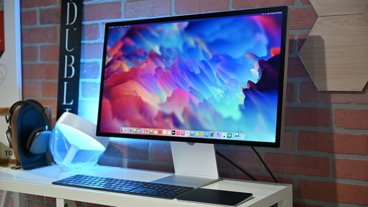
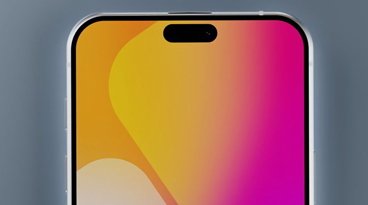

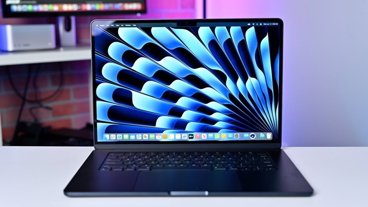

-m.jpg)




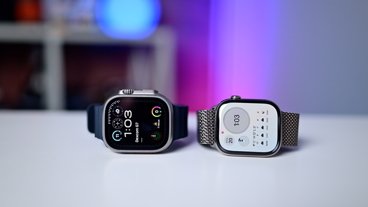

 Wesley Hilliard
Wesley Hilliard
 Malcolm Owen
Malcolm Owen
 Amber Neely
Amber Neely
 Christine McKee
Christine McKee
 Andrew Orr
Andrew Orr
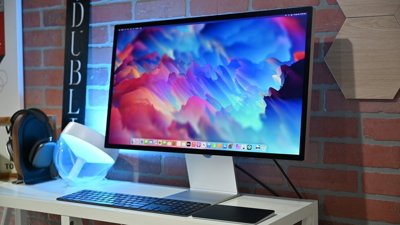
 Mike Wuerthele and Malcolm Owen
Mike Wuerthele and Malcolm Owen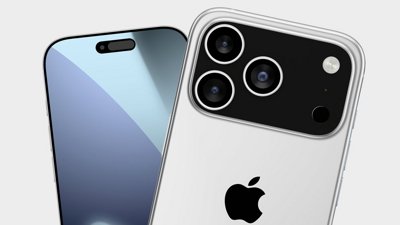







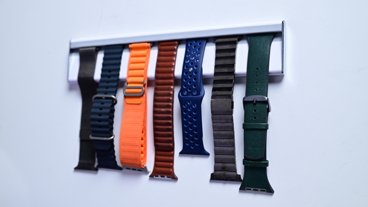


3 Comments
I'd be interested how Affinity Photo compares with the three. Do you have the app, or can you provide the original shots in full resolution here so everybody can do his or her own comparison with their tool of preference?